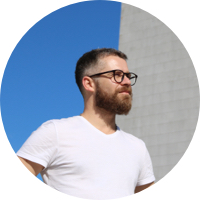Why is ChatGPT, an AI-powered chatbot, banned in some schools? Here, you're in the correct spot to know the ChatGPT school ban. ChatGPT has been quite popular recently and is used for various purposes, including education.
It is promoted as a tool to help students learn more by responding to their inquiries. This article will examine the debate around ChatGPT's use in schools. It includes difficulties about its impacts on student growth and learning.
The dangers of cyberbullying and its implications on teachers will also be discussed. We will also talk about how to protect children against these dangers.
Table of Content
- Part 1. Introduction to ChatGPT and its Use in Schools
- Part 2. Controversy Surrounding ChatGPT in Schools
- Part 3. Fears regarding the impact of ChatGPT on student
- Part 4. Risks of Inappropriate Content and Cyberbullying with ChatGPT
- Part 5. Protect Kids From ChatGPT- via FamiSafe
- Part 6. Potential Effects of ChatGPT on Teaching Jobs and the Education Sector
The way we engage with technology has been completely transformed by the AI-powered chatbot ChatGPT. It can converse with people conversationally. Its natural language processing abilities make it a helpful tool in several contexts.
Schools are one place where ChatGPT is used, enhancing the kids' educational experience. ChatGPT is used in several ways in schools, such as to help students with their schoolwork and inquiries. It is even used to introduce them to new ideas.

It is a helpful tool for educators trying to raise student achievement. It can give pupils personalized feedback and support. However, there is some debate around ChatGPT's application in educational settings.
While some believe ChatGPT to be a helpful addition to the classroom, however, others are concerned about how it affects the growth and learning of their students. The controversy around ChatGPT's use in school and school bans on ChatGPT will be discussed in the next part.
Despite the potential advantages of ChatGPT in schools, there is a debate about its performance. There are many concerns about the effect of AI on education and student growth and learning. They have been expressed by some parents and educators as shown:
1. Job Losses and a Negative Impact on Education Quality
Some parents and educators are concerned that ChatGPT can replace human teachers. It is resulting in job losses and a drop in educational quality. They argue that AI can’t fully replicate the experience of human interaction in the classroom.
2. Issues about the Accuracy of ChatGPT's replies
There are questions about whether ChatGPT's replies are always correct or suitable. It might cause students to be misinformed or confused. Some detractors argue that AI technology might need to be sufficiently sophisticated. It doesn’t offer trustworthy answers to challenging problems.

3. Limited Social Interaction and Social Isolation
Social contact and cooperation are crucial elements of the educational process. ChatGPT restricts them. Some are concerned that students would rely too much on the chatbot for assistance. Thus they stop interacting with their friends.
4. Cyberbullying risk via ChatGPT
There is a chance that students will use ChatGPT to harass or bully their classmates. They did it anonymously without worrying about the results. Schools need to be on the lookout for cyberbullying incidents and take action against them.
5. Guidelines for ChatGPT Use in Schools:
Some schools have outright forbidden the use of ChatGPT in response to these worries. While others have imposed stringent usage rules. These rules may limit the questions that students may ask or demand. Thus chatbot interactions can be watched over and moderated.
There are fears about ChatGPT's ability to replace human teachers. As well as they reduce possibilities for critical thinking and problem-solving. They mostly connected to the AI chatbot's potential to do so.
1. Risk of Overuse of ChatGPT and Limited Critical Thinking
Some are concerned that students rely too much on ChatGPT for answers. Thus they won't practice critical thinking and problem-solving techniques. However, it’s necessary for academic achievement.
Students can’t fully acquire these talents without the direction of a human teacher.
2. Lack of Personalised Feedback
Another concern is that ChatGPT might need to be able to offer Personalised Feedback. It can’t adjust to each student's unique learning needs. A one-size-fits-all approach to education can result, which might not be successful for all pupils.

3. ChatGPT's reinforcement of Prejudice
Complaints have also been raised about how ChatGPT promotes prejudices and preconceptions. It happens when the underlying data used to train the chatbot needs to be more varied. This may negatively impact students' attitudes and views about themselves.
Need for Caution and Careful Consideration
These worries underline the need to assess technology's influence on education carefully. Even if educators feel that ChatGPT can improve student learning and development, it should be done.
These issues must be addressed to guarantee that ChatGPT helps students. As well as it fosters their academic development.
For parents and schools, the inappropriate content and cyberbullying on ChatGPT are serious. As an AI chatbot, ChatGPT may be designed with offensive language or material. There is a chance that young kids will be exposed to unsuitable content accidentally.
1. Programming of Unsuitable Language and Content
Intentionally or accidentally including offensive language or information in ChatGPT. It runs the risk of exposing young, impressionable pupils to dangerous materials.
2. Bullying online using ChatGPT
The chat message interface of the chatbot serves as a venue for improper behavior. It could be harmful to other pupils, such as cyberbullying.
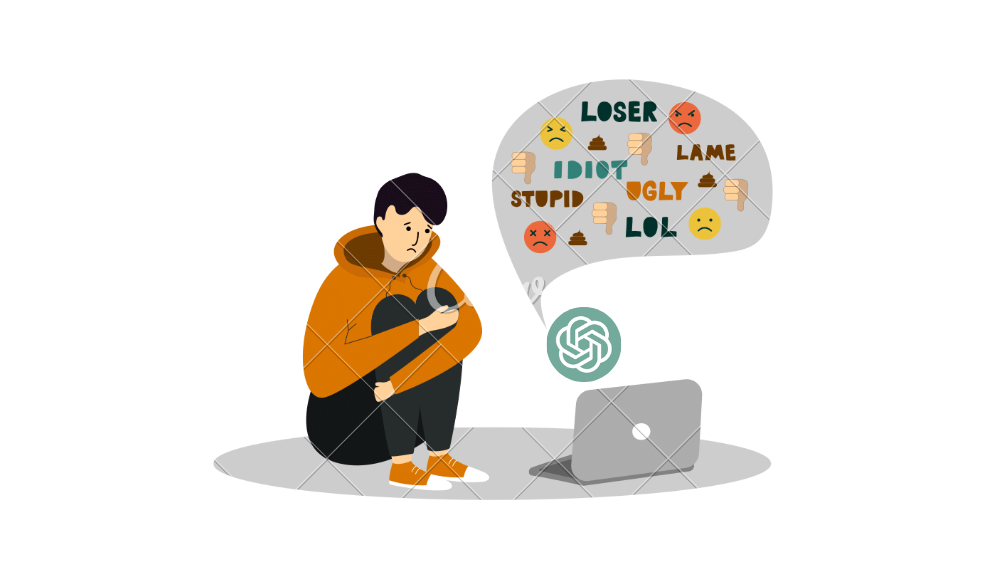
3. Risks Associated with Hacking of ChatGPT
Malicious actors may utilize ChatGPT for wrong reasons that might endanger kids if it is hacked or they obtain access to it.
Need for Appropriate ChatGPT Monitoring
Given these dangers, it is crucial to oversee and monitor ChatGPT properly. Ensure that it is being utilized properly and securely.
Clear Expectations and Guidelines for ChatGPT Use:
It is essential to set and convey to students explicit norms and expectations for using ChatGPT. It is, therefore, to reduce the dangers of inappropriate content or cyberbullying. This will ensure that the kids know the proper vocabulary when talking with the chatbot.
FamiSafe is a complete parental control program. It enables parents to shield their kids from potential internet dangers, such as through ChatGPT. Here are some strategies for using FamiSafe to shield children from ChatGPT:
1. Disable ChatGPT on Your Child's Device
Your youngster won't access ChatGPT if you use FamiSafe to ban it on their device.
2. Track ChatGPT Activity
Parents can keep an eye on their child's ChatGPT behavior. It includes any messages they send and receives with FamiSafe. This can aid in locating any possible threats or problems.
3. Set Time Limits on Apps
Parents can use FamiSafe to control their children's time using ChatGPT or other apps. This can guarantee that kids aren't using the chatbot. As well as other potentially harmful applications for an extended time.
4. Block Unsuitable Content
FamiSafe can be used to block improper websites or content. It lowers the chance of exposure to damaging materials.
5. Spot cyberbullying
Parents can get notifications from FamiSafe if their child is being bullied. If a kid is harassed on ChatGPT or other social media sites, it’ll notify you. This enables them to act and take care of the problem right away.
A Step-by-step Guide to Setup FamiSafe for Kids Protection
Here is a step-by-step tutorial for using FamiSafe to shield children from ChatGPT:
Step 1. Install and Download FamiSafe:
Installing FamiSafe on your child's device is the first step. You can download FamiSafe from the app stores for Android and iOS devices.
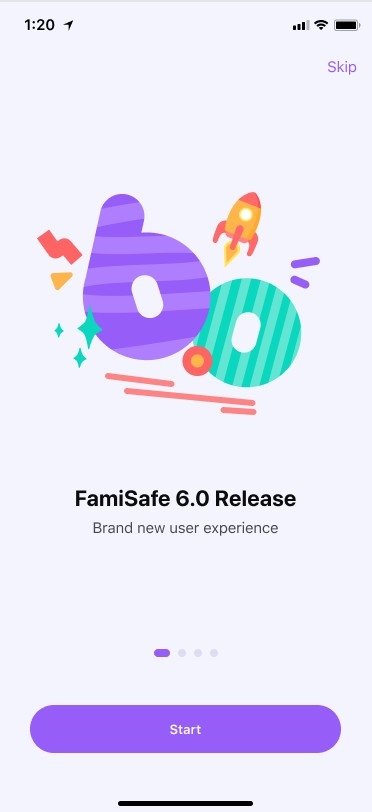
Step 2. Open a new account:
After you've set up FamiSafe on your kid's device, make an account by following the instructions. A password and other essential details, such as your email address, are required.
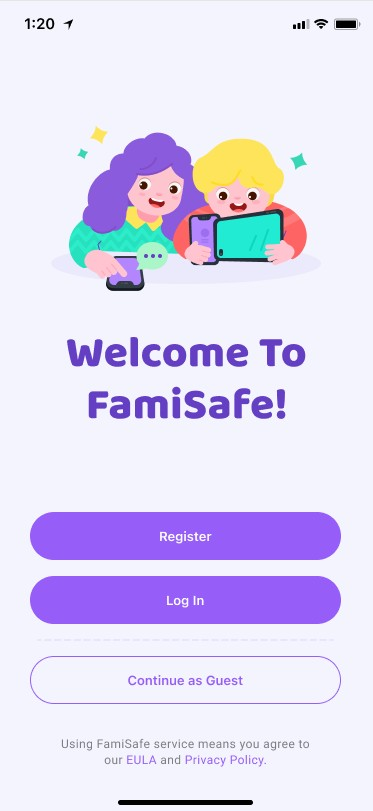
Step 3. Sync the Device of Your Child with FamiSafe:
You must link your child's gadget to FamiSafe after creating an account. Install the FamiSafe app on your smartphone. Then link your child's device by following the on-screen instructions.
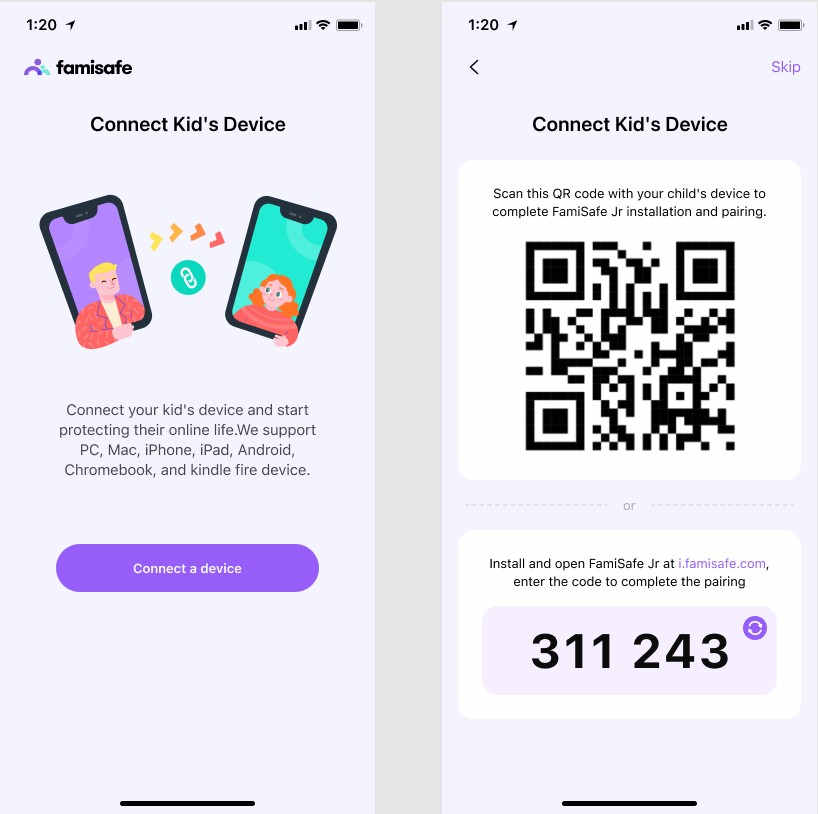
Step 4. Activate ChatGPT Blocking
You can enable ChatGPT blocking when your child's device is linked to FamiSafe. Toggle the switch next to ChatGPT to block it from the App Block section on your child's smartphone.
Step 5. Limit Screen Time
You can impose time restrictions on your child's usage of other applications. It includes social networking sites, in addition to restricting ChatGPT. This may be done under FamiSafe's Screen Time section.
Step 6. Track Activity and Get Alerts:
You can watch what your kids are doing on ChatGPT by using FamiSafe. You can also configure alerts so that you are informed if your child is the victim of online bullying.
You can successfully protect your child from the hazards linked with ChatGPT. As well as from other online activities by using the procedures listed below. You can ensure your child is secure and protected when browsing the internet with FamiSafe.
The effects of ChatGPT are tremendously increasing in all areas of education. An outline of ChatGPT's possible implications on teaching positions is provided below:
1. Traditional Teaching Methods Are Being Disrupted
By giving students immediate answers, ChatGPT has the potential to challenge teaching strategies. This may lessen the need for teachers to instruct students. It takes the role of conventional classroom education.
2. Reduction in teaching jobs
Fewer teachers will be needed if ChatGPT is extensively used. Schools might require fewer teachers to deliver teaching if they can give immediate feedback.
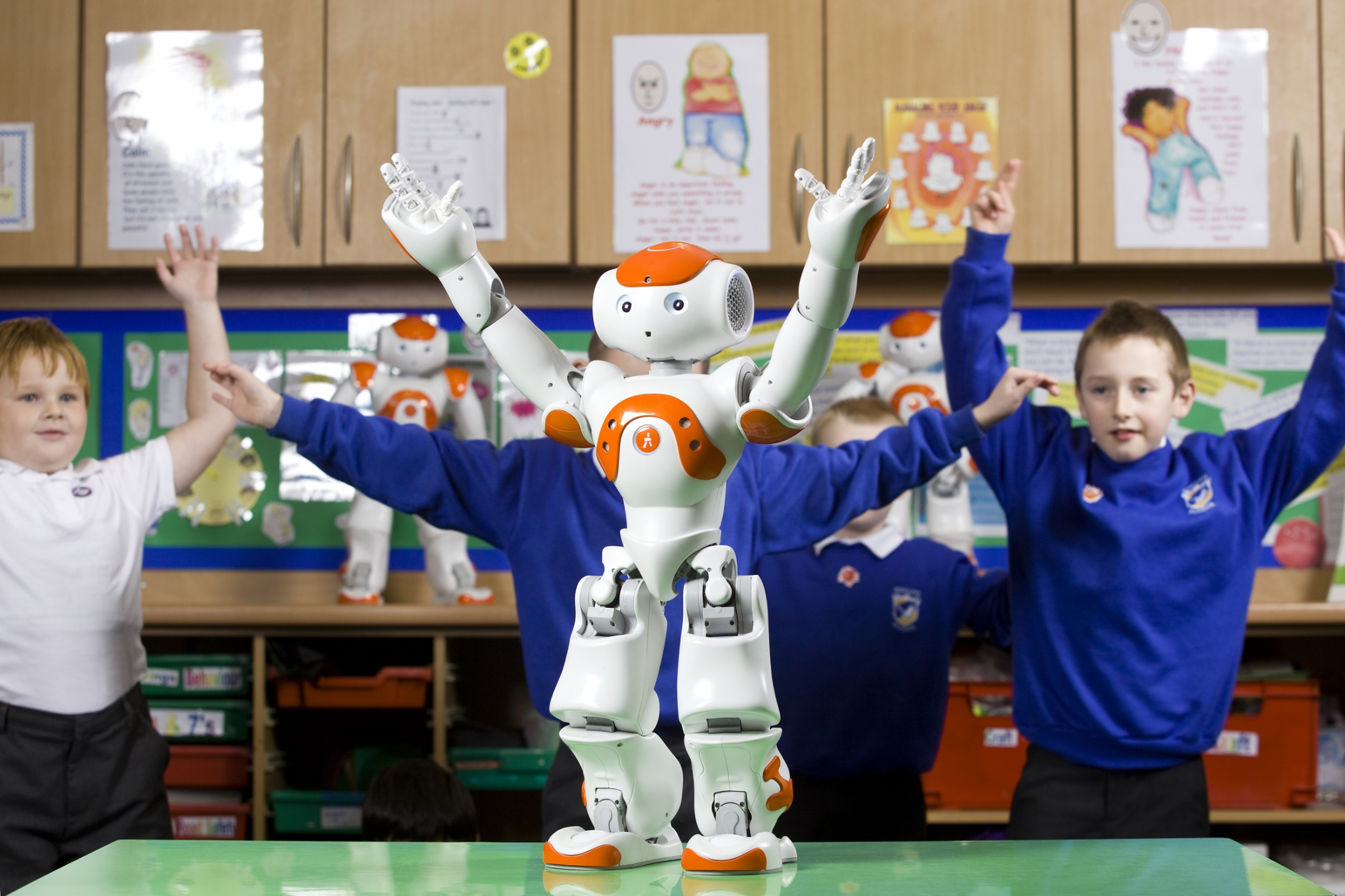
3. Greater Attention Paid to Soft Skills
While ChatGPT can’t respond instantly, it can’t match the degree of emotional support. It can’t match the interpersonal engagement that teachers can offer. As a result, more emphasis can be placed on soft skills like empathy and communication.
4. Integrating into the Curriculum
ChatGPT can be used in the curriculum as a research and educational tool. Students may be expected to use ChatGPT as a study resource. While teachers may be obliged to include it in their lesson plans and assignments.
5. Possibility of bias and accuracy
The data that ChatGPT is trained on determines how reliable and objective it is. ChatGPT's content may be erroneous or biased. Thus it might have detrimental effects on students and the education industry.
There has been optimism and debate around the usage of ChatGPT in schools. Although technology can completely transform how we learn and teach. There are also valid worries about how it will affect student growth and learning.
The usage of ChatGPT in schools has to be carefully reviewed and controlled. It is, therefore, to protect kids and guarantee that the technology is used responsibly and ethically. But for future use, don’t ban ChatGPT in schools, teach with it!
FamiSafe can implement safety measures, such as content filters and parental controls. At the same time, it's essential to acknowledge the potential advantages of ChatGPT in schools. We can ensure that ChatGPT is used to improve rather than replace.
